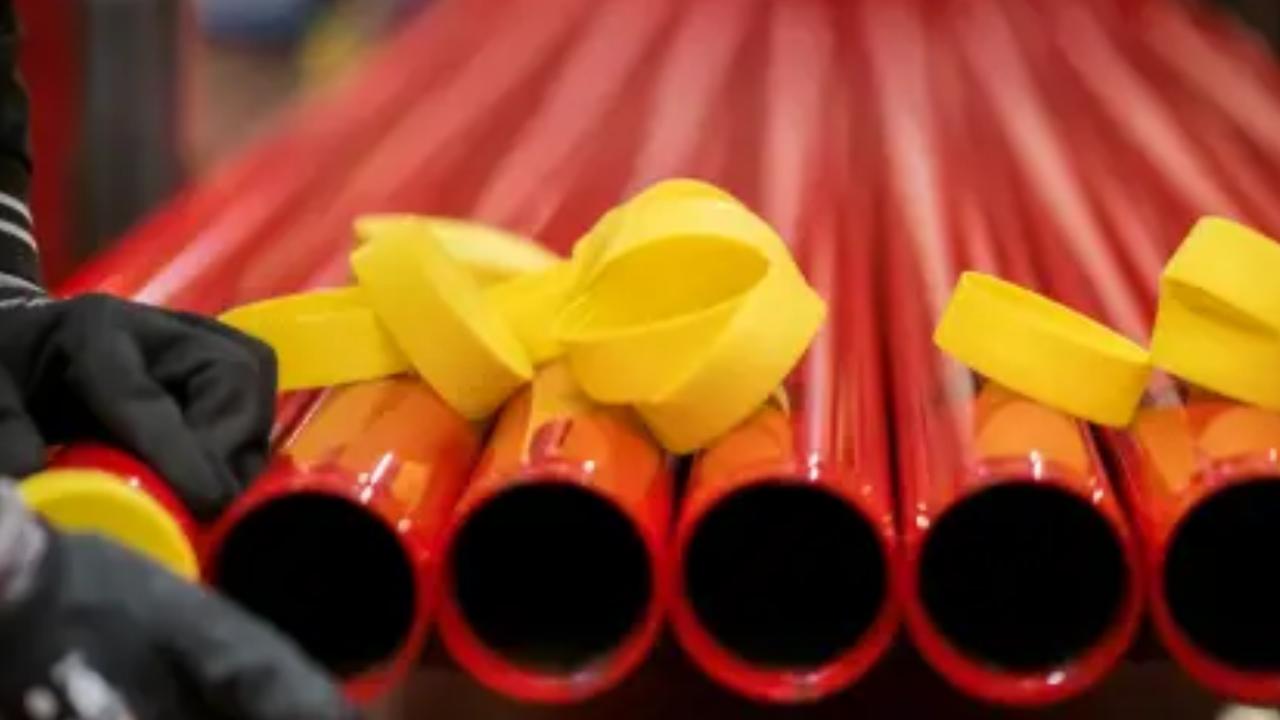Fire pipes, which are essential components of fire protection systems, act as lifelines, protecting structures from the devastation of fire emergencies. These carefully engineered pipes are tasked with efficiently carrying water or fire-fighting substances to crucial sites, such as sprinklers and hydrants, to quickly extinguish flames and reduce damage. Fire pipe installation requires thorough planning, which frequently favors long-lasting solutions such as steel.
From the original design phase to continuous maintenance, every step is critical to ensuring that these pipes are prepared to respond properly in the event of a fire. Fittings, support structures, and thorough testing all help to improve the reliability and robustness of fire pipe. As lifelines in the fight against fire, these pipes exemplify the intersection of engineering precision and safety, underscoring the critical importance of a well-designed and properly installed fire protection system.
Process of Installing Fire Pipes in Buildings
The placement of fire pipes in buildings is an essential component of fire protection systems. Proper installation is required to ensure that the system effectively suppresses or extinguishes fires. In this detailed article, we will look at the major stages and concerns for installing fire pipes in buildings.
Design and Planning
Design and planning are essential phases in the installation of fire pipes. Fire protection engineers carefully consider building layouts, occupancy types, and fire threats when designing an effective system. During this phase, fire pipes, sprinklers, and components are strategically placed according to regulatory criteria. The goal is to provide the best coverage and accessibility while adhering to national and international standards.
Compliance with Standards
Adherence to applicable standards is critical in fire pipe installation. Material specifications, pipe sizing, and installation techniques are guided by national and international standards such as NFPA 13 and ASTM A795 (American Society for Testing and Materials) for steel pipe standards in fire protection. Compliance assures that the fire prevention system satisfies all safety and regulatory standards.
Material Selection
Material selection is a vital step in fire pipe installation. Steel pipes are often used because of their durability and strength. The selection process takes into account environmental conditions as well as corrosion control methods like specific linings or coatings. Adherence to standards, such as ASTM A795, guarantees that the materials used meet the building’s unique specifications and contribute to the lifespan and dependability of the fire prevention system.
Pipe Routing
The routing of fire pipes throughout a building is meticulously planned to guarantee maximum coverage and accessibility. Pipes are deliberately arranged to cover all locations that require fire protection. They can run vertically via risers or horizontally over ceilings and walls. Proper routing reduces pressure drops while ensuring efficient water distribution to sprinklers and other firefighting equipment.
Connection to Water Supply
Connection to a consistent and sufficient water supply is critical in fire pipe installation. The connecting point is carefully established, whether the water comes from municipal water mains, dedicated fire pumps, or water storage tanks. Water flow and pressure are regulated within the fire prevention system using fittings, valves, and control mechanisms. This crucial step guarantees that the fire pipes are ready to provide the appropriate volume.
Fittings and Accessories
Fittings and accessories are essential components of fire pipe installation that improve system functionality. Elbows, tees, couplings, and reducers make it easier to change directions, connect pipes, and transition between sections. Backflow preventers and control valves improve system integrity by preventing water pollution. The careful selection and installation of these fittings ensure that the fire prevention system runs smoothly, optimizing water flow to sprinklers and firefighting equipment.
Support and Hangers
Supports and hangers are essential in fire pipe installation because they ensure the pipes are securely positioned. Proper support minimizes sagging, misalignment, and unnecessary stress on the pipes, hence improving system reliability. Well-designed hangers, strategically placed at regular intervals, adhere to applicable requirements and construction codes. This support infrastructure helps to ensure that the building’s fire protection system remains stable.
Testing and Inspection
Testing and inspection are critical aspects of fire pipe installation. Rigorous tests, such as pressure tests and leak inspections, ensure the system’s integrity. Flow tests ensure that pipelines can supply water at the correct pressure and volume. Inspections guarantee that design parameters and standards are met. In an emergency, the fire protection system’s dependability and effectiveness depend on thorough testing and inspection procedures.
Summary
The installation of fire pipes in buildings is a complex procedure that requires thorough design, adherence to standards, and collaboration among numerous parties. Installing fire pipes following recognized regulations considerably improves building safety and resilience in the face of probable fire crises. As buildings grow and safety regulations evolve, remaining aware and proactive in implementing the latest techniques is critical to sustaining strong fire prevention systems.

